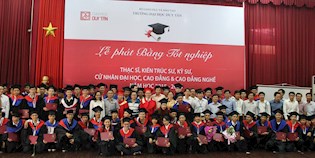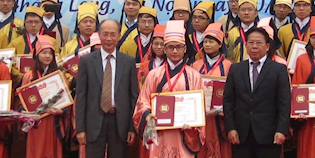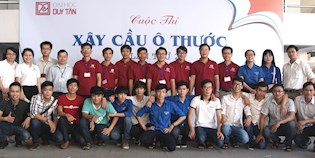Câu hỏi ôn tập môn Thủy lực 02 (CSU-HYD201)
- Đăng bởi: nguyenphuocbinh
- Sinh viên
- 18/07/2018
16 Define turbine efficiency, generator efficiency, and combined turbine–generator efficiency.
17 What is streamwise acceleration? How does it differ from normal acceleration? Can a fluid particle accelerate in steady flow?
18 Express the Bernoulli equation in three different ways using (a) energies, (b) pressures, and (c) heads.
19 What are the three major assumptions used in the derivation of the Bernoulli equation?
20 Define static, dynamic, and hydrostatic pressure. Under what conditions is their sum constant for a flow stream?
21
What is streamwise acceleration? How does it differ from normal acceleration? Can a fluid particle accelerate in steady flow?
22 Define pressure head, velocity head, and elevation head for a fluid stream and express them for a fluid stream whose pressure is P, velocity is V, and elevation is z.
23 Explain how and why a siphon works. Someone proposes siphoning cold water over a 7-m-high wall. Is this feasible? Explain.
24 How is the location of the hydraulic grade line determined for open-channel flow? How is it determined at the outlet of a pipe discharging to the atmosphere?
25 In a certain application, a siphon must go over a high wall. Can water or oil with a specific gravity of 0.8 go over a higher wall? Why?
26 What is the hydraulic grade line? How does it differ from the energy grade line? Under what conditions do both lines coincide with the free surface of a liquid?
27 The water level of a tank on a building roof is 20 m above the ground. A hose leads from the tank bottom to the ground. The end of the hose has a nozzle, which is pointed straight up. What is the maximum height to which the water could rise? What factors would reduce this height
28 Consider the steady adiabatic flow of an incompressible fluid. If the temperature of the fluid remains constant during flow, is it accurate to say that the frictional effects are negligible?





